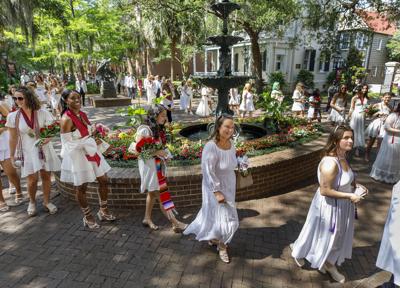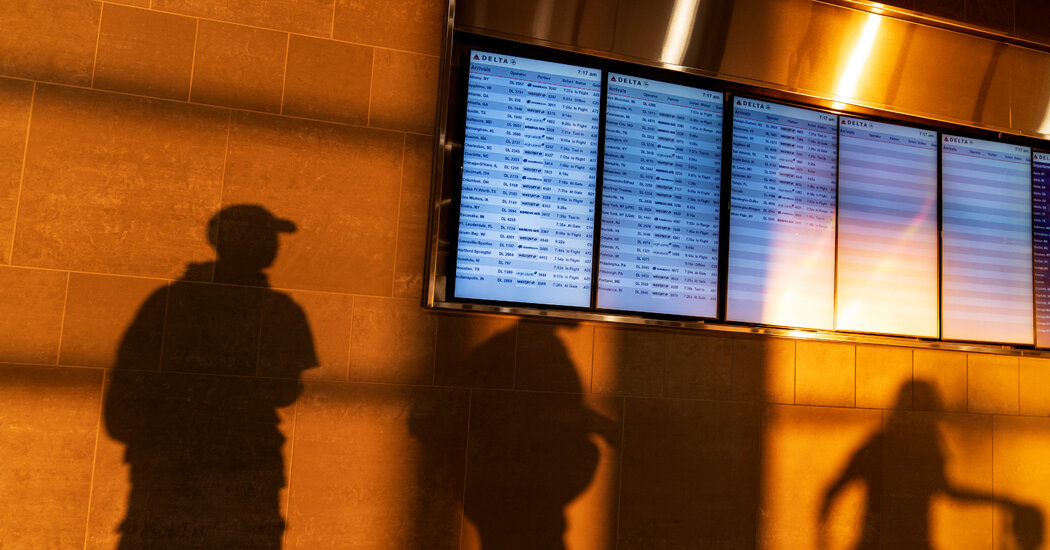Out-of-State Enrollment Surges at South Carolina Colleges, Impacting Local Students

COLUMBIA — Noah Trainor, a high school student from Connecticut, sought a college experience far from home. Ultimately, he chose the University of South Carolina (USC), drawn by its athletic programs, sports management degree, and an enticing scholarship offer that equated to in-state tuition. “To be honest, Michigan was my No. 1 choice, but they put me on a wait list and South Carolina gave me a scholarship,” Trainor said. “So that made it pretty easy.”
The University of South Carolina’s aggressive recruitment strategy, which includes hundreds of out-of-state high school visits and significant tuition discounts, has led to a 333 percent increase in out-of-state enrollment over the past 25 years. This trend is not isolated to USC; across South Carolina’s 13 public, four-year colleges and universities, out-of-state enrollment reached an all-time high of 38 percent among 102,600 students last year.
Rising Out-of-State Enrollment: A Statewide Phenomenon
Data reveals a significant shift in the demographics of South Carolina’s higher education institutions. In 1999, the state’s three research universities had an out-of-state student population of 24 percent. By 2024, this figure had risen to 42 percent, with USC leading at 42.5 percent. Coastal Carolina University and the College of Charleston have also seen substantial increases, with out-of-state enrollments at 61 percent and 51.5 percent, respectively.
Critics argue that this trend challenges the traditional mission of public universities to provide affordable education for local students. A South Carolina lawmaker proposed a 30-percent cap on out-of-state admissions, but the proposal has stalled in committee. Despite concerns, data from the Commission on Higher Education indicates that the growth in out-of-state enrollment has not displaced in-state students.
Balancing Budgets and Student Demographics
According to Scott Verzyl, USC’s vice president for enrollment management, the increase in out-of-state students has not come at the expense of in-state enrollment, which has risen by 25 percent since 1999. Out-of-state enrollment, however, has soared by 137 percent during the same period. Verzyl emphasized that USC admits all qualified in-state students who apply.
“Yes, we have a lot of out-of-state students, but we have more in-state students than ever before in the history of the university enrolled at USC right now,” Verzyl stated.
Meanwhile, out-of-state tuition dollars are crucial for balancing university budgets, especially as state financial support for public colleges has fluctuated over the decades. South Carolina’s General Assembly has increased funding since 2021, with higher education funding surpassing $1 billion for the first time in 2024.
Economic Implications and National Trends
Aaron Klein, a senior fellow with the Brookings Institution, criticized the reliance on out-of-state students, arguing that it drives up costs for local students. “State universities are public institutions designed to serve the needs of their state students,” Klein said. “Public universities throughout the country simultaneously entered into a strategy that effectively swapped their own state’s kids for others.”
In contrast, Verzyl and other university administrators argue that the increased enrollment of out-of-state students allows for continued growth and helps meet annual growth targets. Programs like partnerships with local community colleges ensure that more than 90 percent of in-state applicants are guaranteed a degree from institutions like USC and Clemson University.
Looking Forward: The Future of Enrollment Strategies
As South Carolina’s public colleges continue to attract out-of-state students, the debate over balancing local and national student bodies is likely to persist. Coastal Carolina University, with 75 percent of its growth since 1999 coming from out-of-state students, exemplifies this trend. The College of Charleston, too, has seen a surge in out-of-state applications, with 28,000 out of 32,000 applications coming from outside the state last year.
“Charleston has become a popular destination for high school students from along the eastern seaboard as well as from major metropolitan areas in other parts of the country,” said Jimmie Foster Jr., vice president of enrollment planning at the College of Charleston.
As the Southeast continues to benefit from these national trends, South Carolina’s public universities face the challenge of maintaining their commitment to local students while leveraging the economic benefits of out-of-state enrollment. The conversation around enrollment strategies will undoubtedly continue to evolve as universities strive to balance financial stability with their educational missions.





